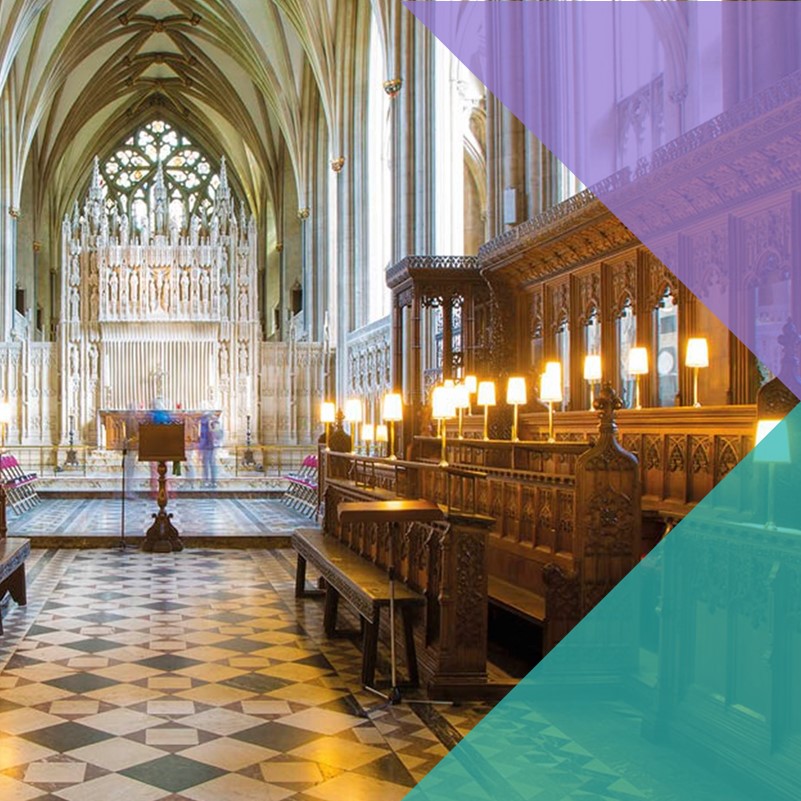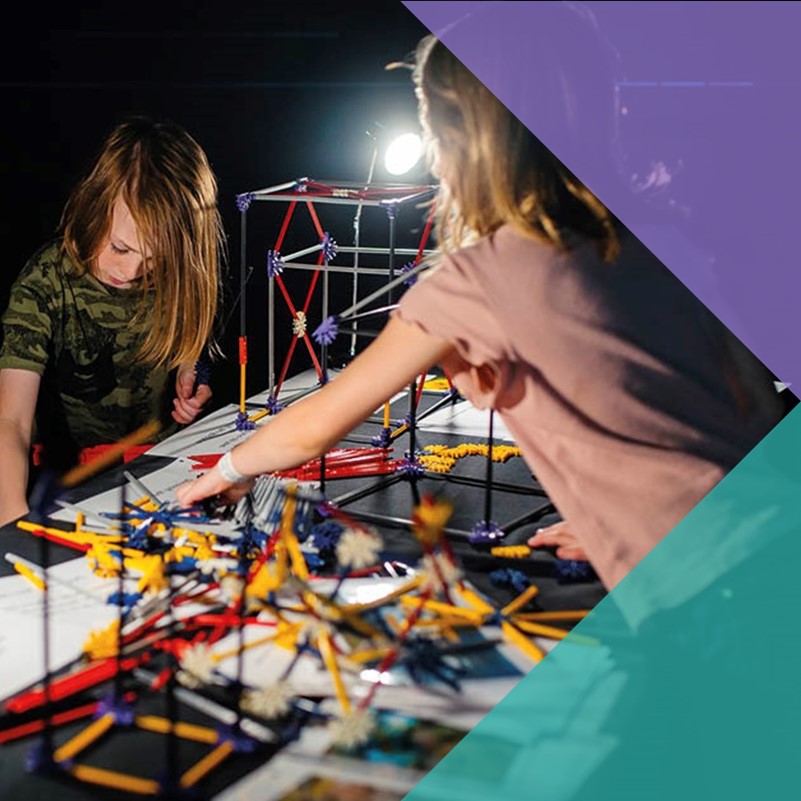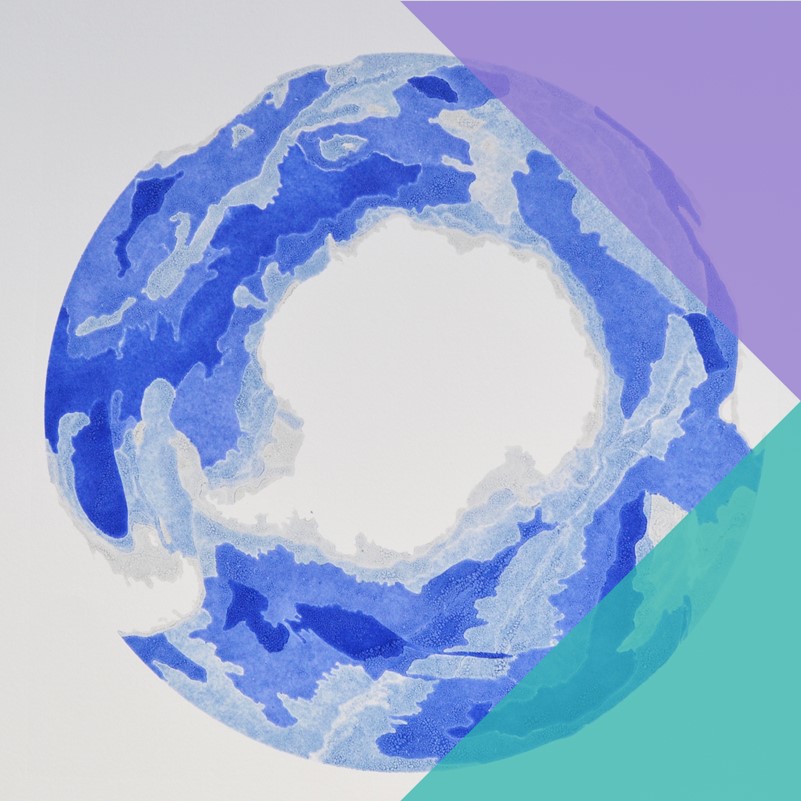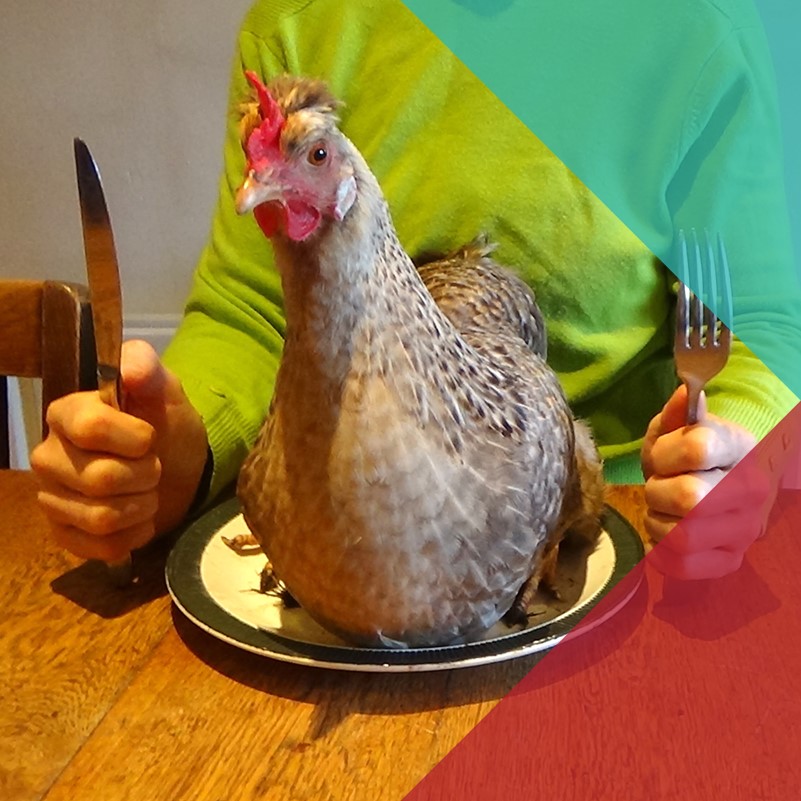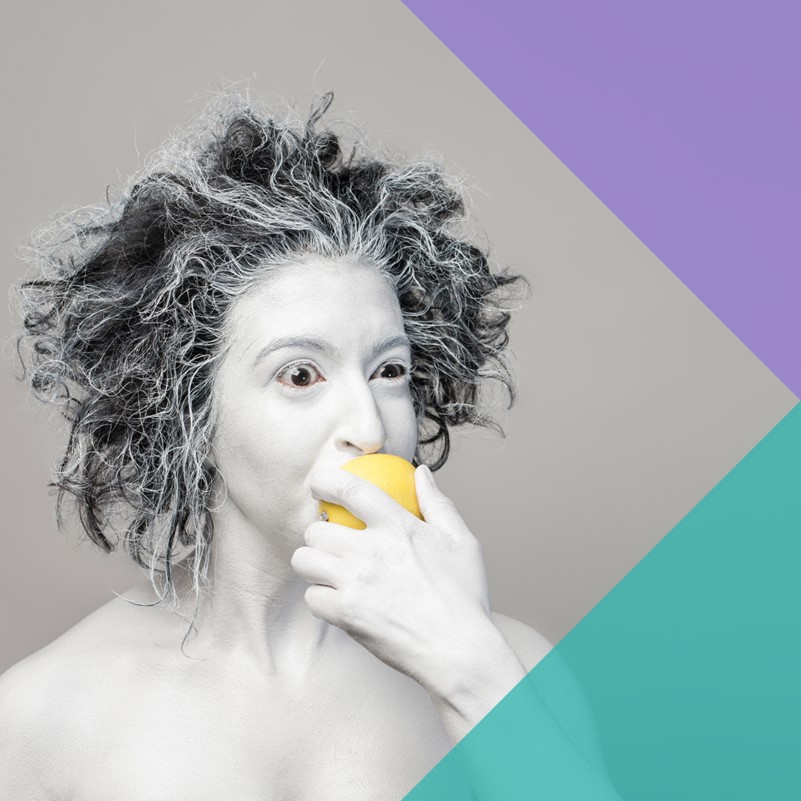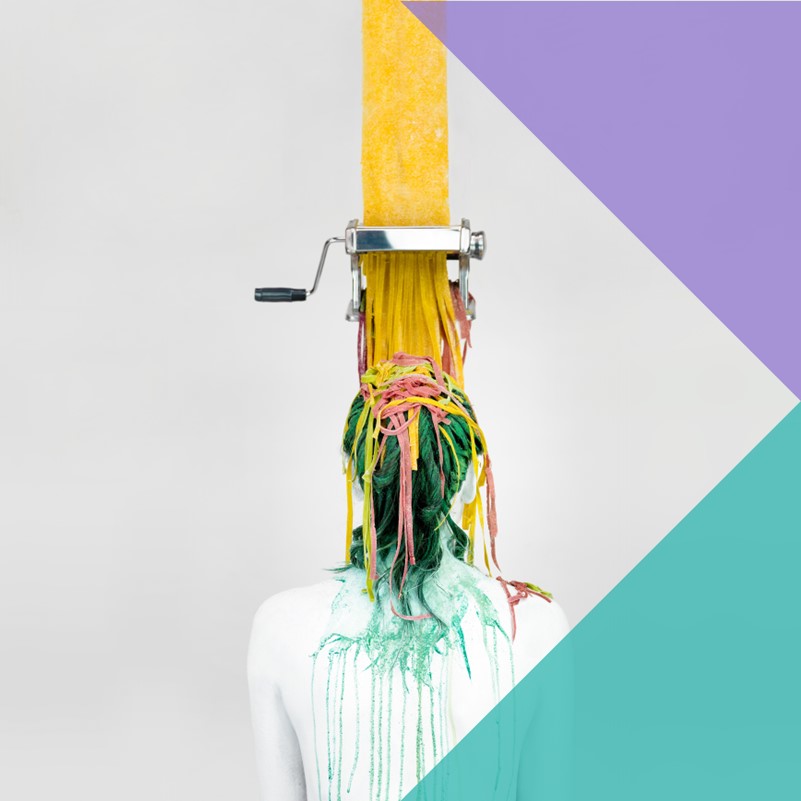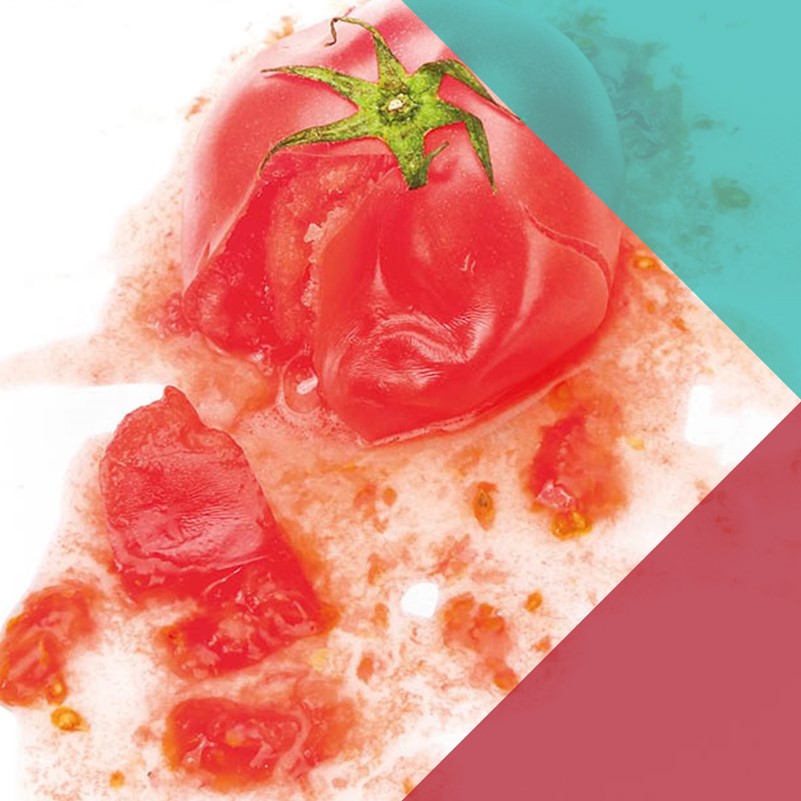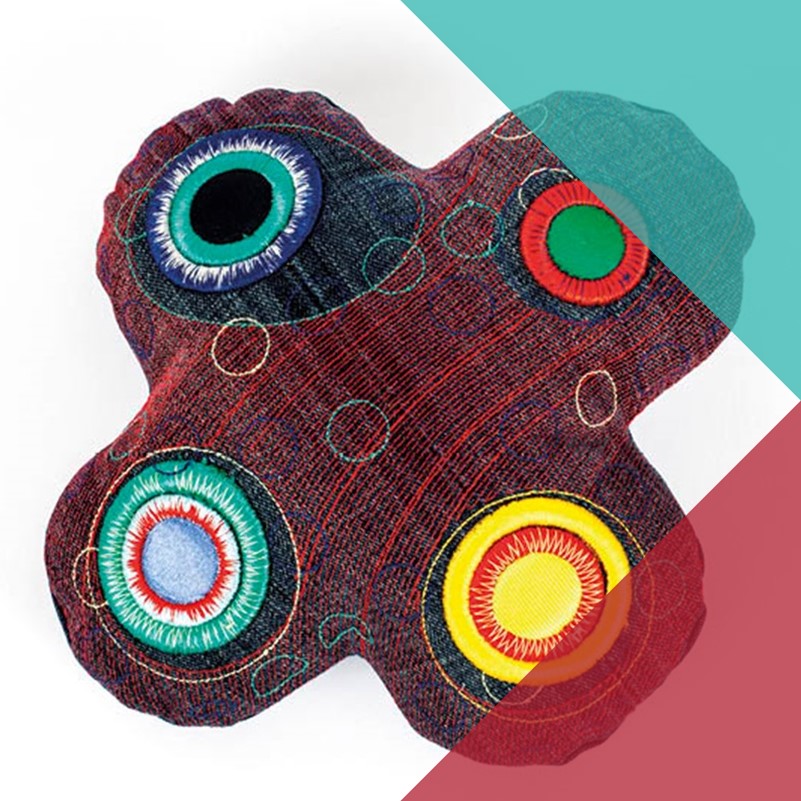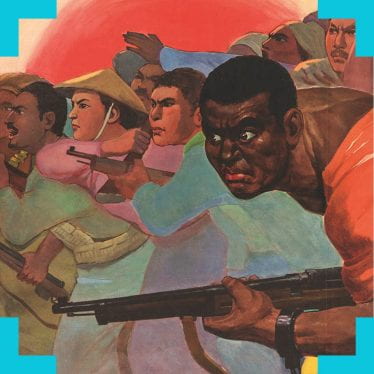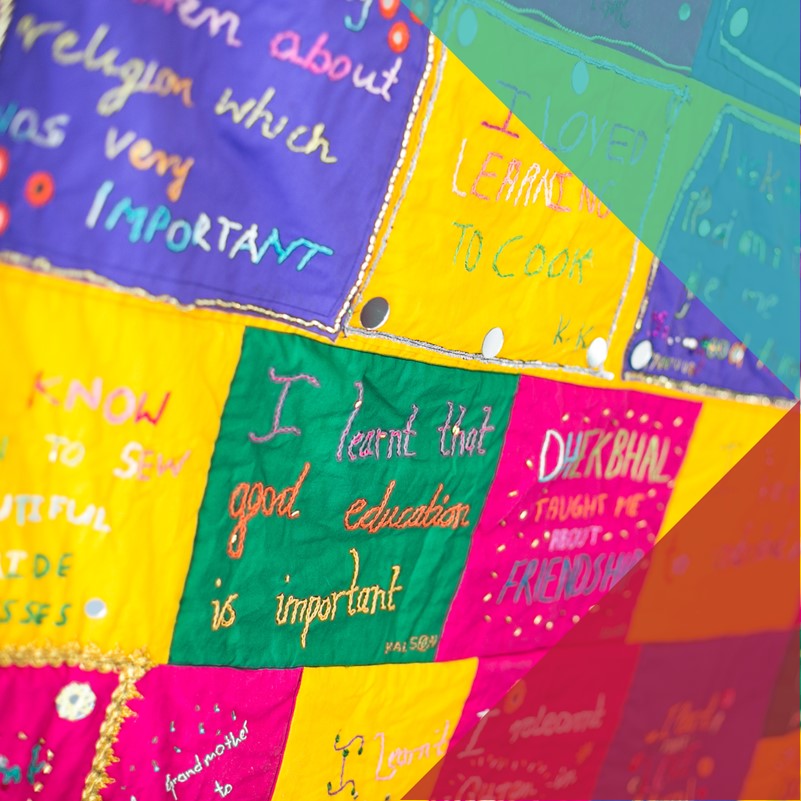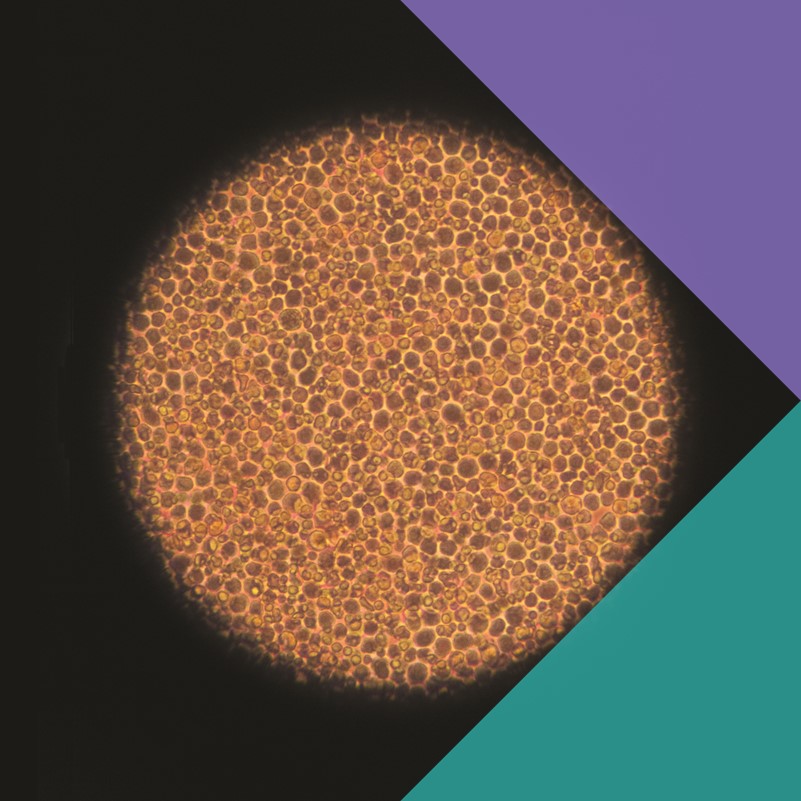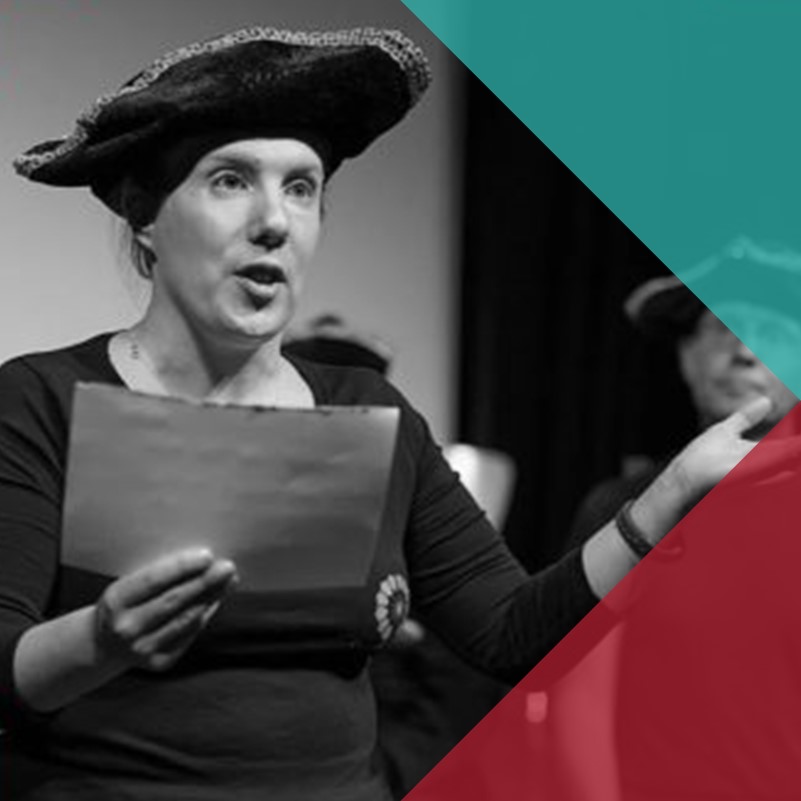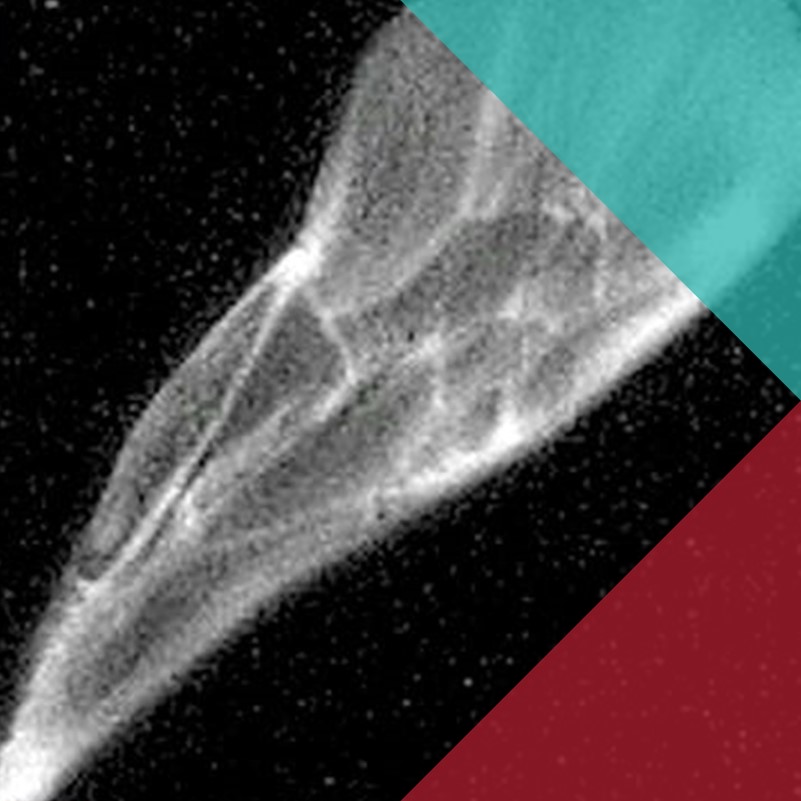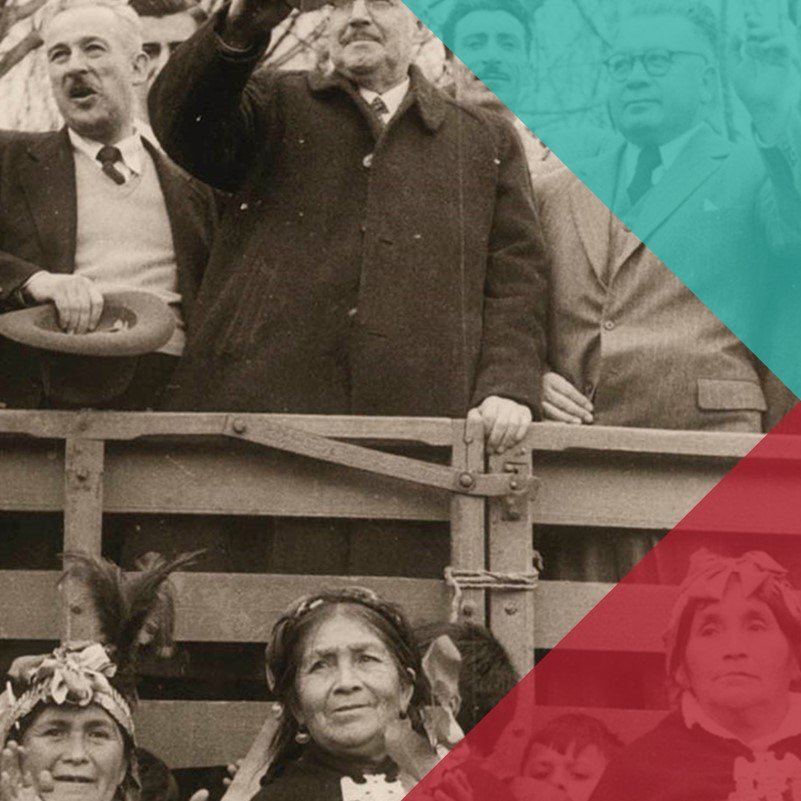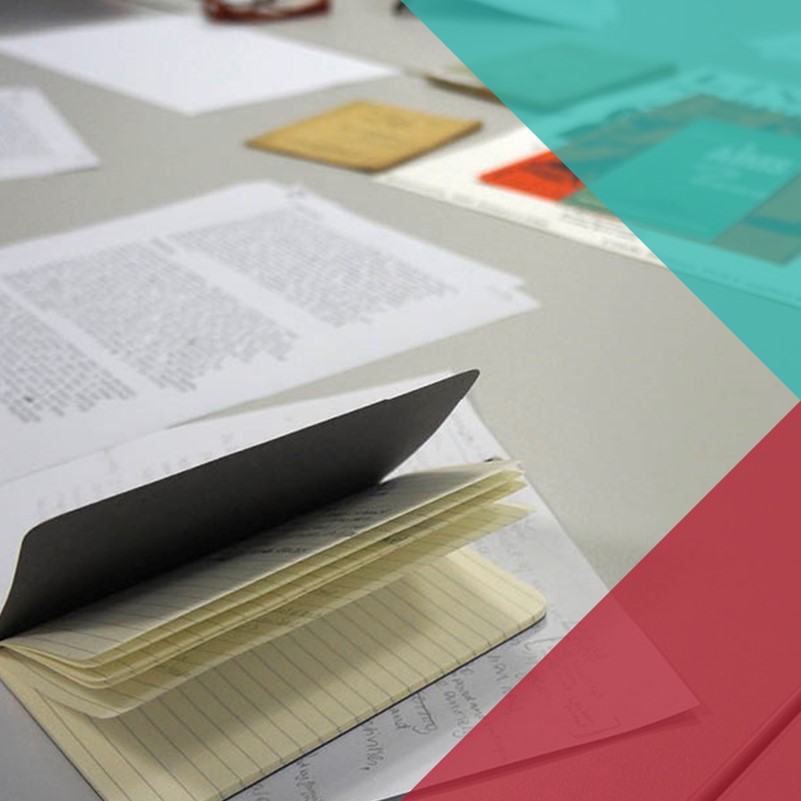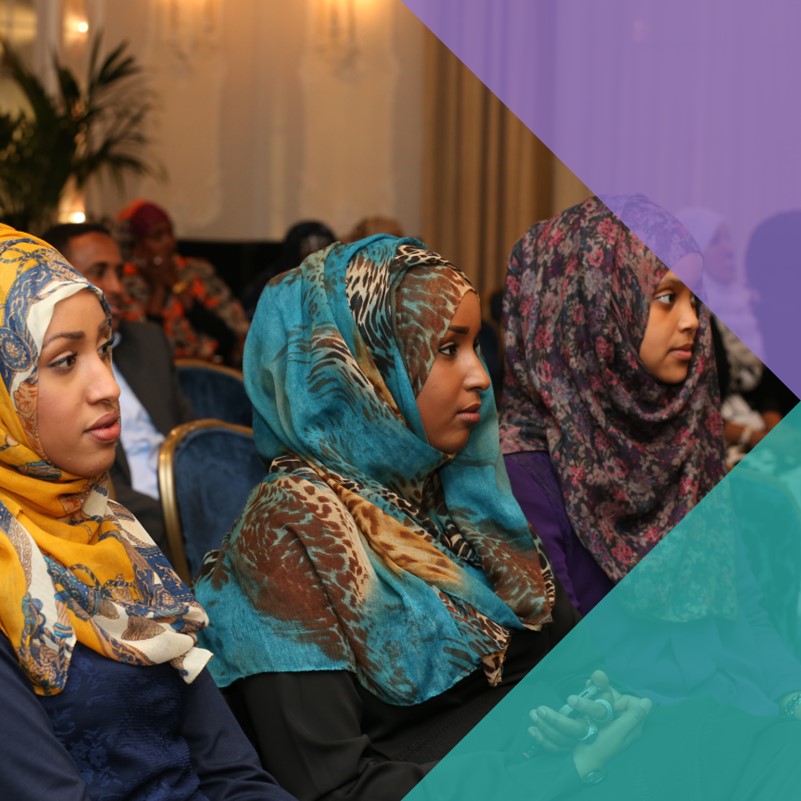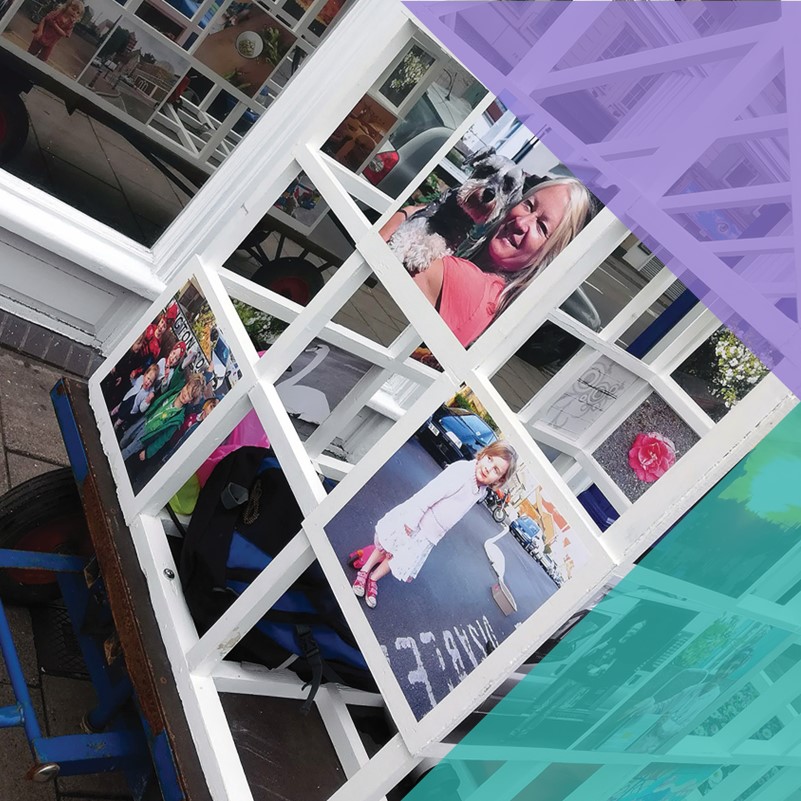Sound and Silence in the Ecology of the Cathedral
How do people seek out and access certain types of sound? What do they think and feel about the sound that they experience?
How do people seek out and access certain types of sound? What do they think and feel about the sound that they experience?
How might live performance offer an interactive and unconventional way to explore how human living might transform when significant environmental change occurs? What role does technology play in that transformation?
How can art be employed to offer materiality and image to the seas and oceans which increasingly occupy and invisible and non-tangible space in the public imagination?
What does ‘eating well’ mean in the context of killing animals for food? What can a cultural approach can bring to animal welfare assessment?
To what extent can cultural synaesthesia, through the union of sound and taste, allow people to experience their lives differently?
How can experiences of those with food anxieties be used to improve treatment for eating disorders? What types of creative activities, or without food, can help to reduce food anxieties?
How can we use the playfulness that food affords, to experiment with misbehaviour and ‘bad’ food? What is the impact of cooking workshops on the skills, aspirations, and confidence of participants?
Can soft, interactive textile controls in home furnishing or as a wearable help the elderly access useful technology? Does the added sensory experience of textured textiles, with simple controls, help an elderly person remember how to use them? Does the sensory experience help build an emotional bond with the object?
How can a database of information of events and movements that brought together Asians and Africans across national borders in the 1950s and 1960s be represented in an innovative visual way?
How can co-produced participatory art practice, storytelling and ethnographic method benefit older populations from South Asian backgrounds, enhance their wellbeing and in what ways?
How might bringing together artists and scientists with shared interests in experimentation and making/culturing generate insights into creative practice?
Who was Fanny Fust and what can her life tell us about the experiences of people with learning difficulties in the 18th century? What conversations might such a history spark about disability and consent in the present day?
Is it possible to develop a generic, interactive museum guide, which is transferrable to all museums? What new forms of interactions, engagements and reflections on museums and interpretations might this make possible?
What methods can be used to reveal under-explored stories and create interactive digital maps of the social networks of Chile’s most prominent indigenous political activists in the early 20th century?
How can researchers to use new digital tools and community-led practices to develop and reveal hidden gems within the Feminist Archive South?
How can intergenerational dialogue within the Bristol Somali population be facilitated in order to address outstanding issues of mental well-being?
How do connections between the people and place where one lives affect and effect a sense of living well? Can collaboration and creative intervention positively impact upon the wellbeing of a street?
